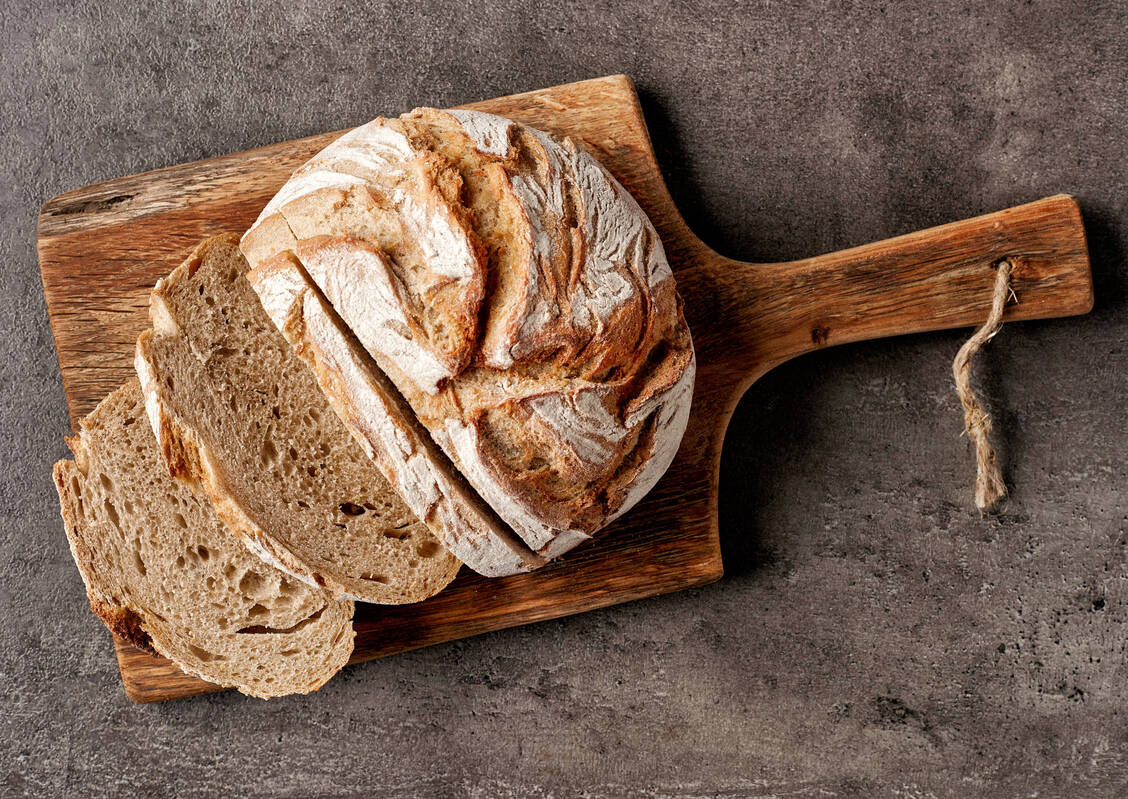
Weitere Angebote der PZ

© 2025 Avoxa - Mediengruppe Deutscher Apotheker GmbH
Severe allergy to wheat |

»WDEIA« describes a syndrome in which people develop symptoms of anaphylaxis after eating wheat and then exerting themselves. / Foto: Adobe Stock/Mara Zemgaliete
An anaphylactic shock if you exert yourself more after a meal? That sounds frightening. The disease behind it, »wheat-dependent exertion-induced anaphylaxis«, is rare and fortunately easy to treat. The most important questions and answers.
The term is »wheat dependent exercise induced anaphylaxis«. It describes a syndrome in which people develop symptoms of anaphylaxis after eating wheat and then exerting themselves. Without the trigger of exertion after eating wheat, those affected do not notice this form of allergy. WDEIA is therefore also referred to as »summation anaphylaxis«. Only the sum of several factors triggers the event. This rare form of allergy mainly affects adults. It is an IgE-mediated wheat allergy that can affect anyone, but more frequently those with a certain type of human leucocyte antigen (HLA).
This is not so easy and is sometimes a lengthy process, as sufferers themselves are often unable to establish a connection between diet, exercise and symptoms for a long time. Allergists enquire about symptoms and correlations with diet and carry out a prick-to-prick test. This involves first inserting the lancet tip into the food to be tested (in this case wheat flour) and then pricking it into the skin. This enables contact between the allergen and immune cells. The result is documented after 15 to 20 minutes. However, the test result cannot be used to make a specific statement about WDEIA because the immune cells also react in this way in the case of other wheat allergies. A blood test for specific IgE antibodies against omega-5 gliadin therefore provides reliable information. In 80 per cent of cases, this method confirms the suspicion.
In most cases, it is a whole complex of symptoms that occur in varying degrees of severity. In the case of mild anaphylactic reactions, those affected suffer a reaction of the skin and possibly the mucous membranes, namely hives. In addition, the face may swell oedematously, the skin may itch and heat may »shoot« into the face. In severe cases, the allergic reaction affects the cardiovascular system, the pulse races, the patient feels dizzy, blood pressure plummets to the point of unconsciousness and the patient suffers from shortness of breath. The stomach and intestines often react too. This manifests itself in nausea, diarrhoea, abdominal pain and vomiting.
Symptoms can develop within the first half hour, but can also become noticeable after up to six hours. It is irrelevant how large the quantities of wheat consumed were. It is more important when the wheat components - the main allergen is omega-5 gliadin - enter the bloodstream. This depends, among other things, on the composition of the meal.
Anaphylactic shock is a potentially life-threatening event. Therefore, if you suspect it, you must always call an ambulance. Because you don’t know how initial symptoms will develop, patients must always carry an emergency kit with them containing antihistamine drops, a glucocorticoid solution and an adrenaline auto-injector. Until the emergency doctor arrives, they can give themselves first aid or receive it from others if they are conscious enough to swallow without difficulty.
No, fortunately not. With the right behaviour, the risk can be reduced to almost zero. Those affected can either completely avoid wheat products or maintain fixed time intervals between wheat consumption and exercise. According to experts, this should be four to six hours apart. However, no exercise should actually »intervene« during this period. This is because even a sprint to the train can be enough to trigger anaphylactic symptoms. To be on the safe side, sufferers should exercise in the morning before breakfast. Completely giving up wheat permanently could be counterproductive, according to scientific findings. Eating a little of it every now and then seems to be a good way of increasing tolerance to the allergen again. Patients are best advised to discuss the exact procedure with their doctor.
As a rule, these types of grain are tolerated, but rye can also trigger symptoms because a cross-reaction with wheat is possible. As a precaution, doctors test whether this is the case in each individual case. Anything that contains neither wheat nor rye, i.e. products made from oats, maize, rice, millet, buckwheat, quinoa, amaranth or pulses, is a good alternative for people with WDEIA.
| Deutsch/German | Englisch/English |
|---|---|
| Allergie | allergy |
| Amarant | amaranth |
| Anaphylaxie | anaphylaxis |
| Atemnot | dyspnoea, respiratory distress |
| Anstrengung | strain |
| Bewegung | movement, motion |
| Blutdruckabfall | drop in blood pressure |
| Buchweizen | buckwheat |
| Dinkel | spelt |
| Hafer | oats |
| Herzrasen | tachycardia, heart palpitations |
| Hirse | millet |
| Hülsenfrüchte | pulses |
| Juckreiz | itching |
| Mais | maize, corn |
| Nesselsucht | hives, urticaria |
| Quinoa | quinoa |
| Roggen | rye |
| Schock | shock |
| Weizen | wheat |